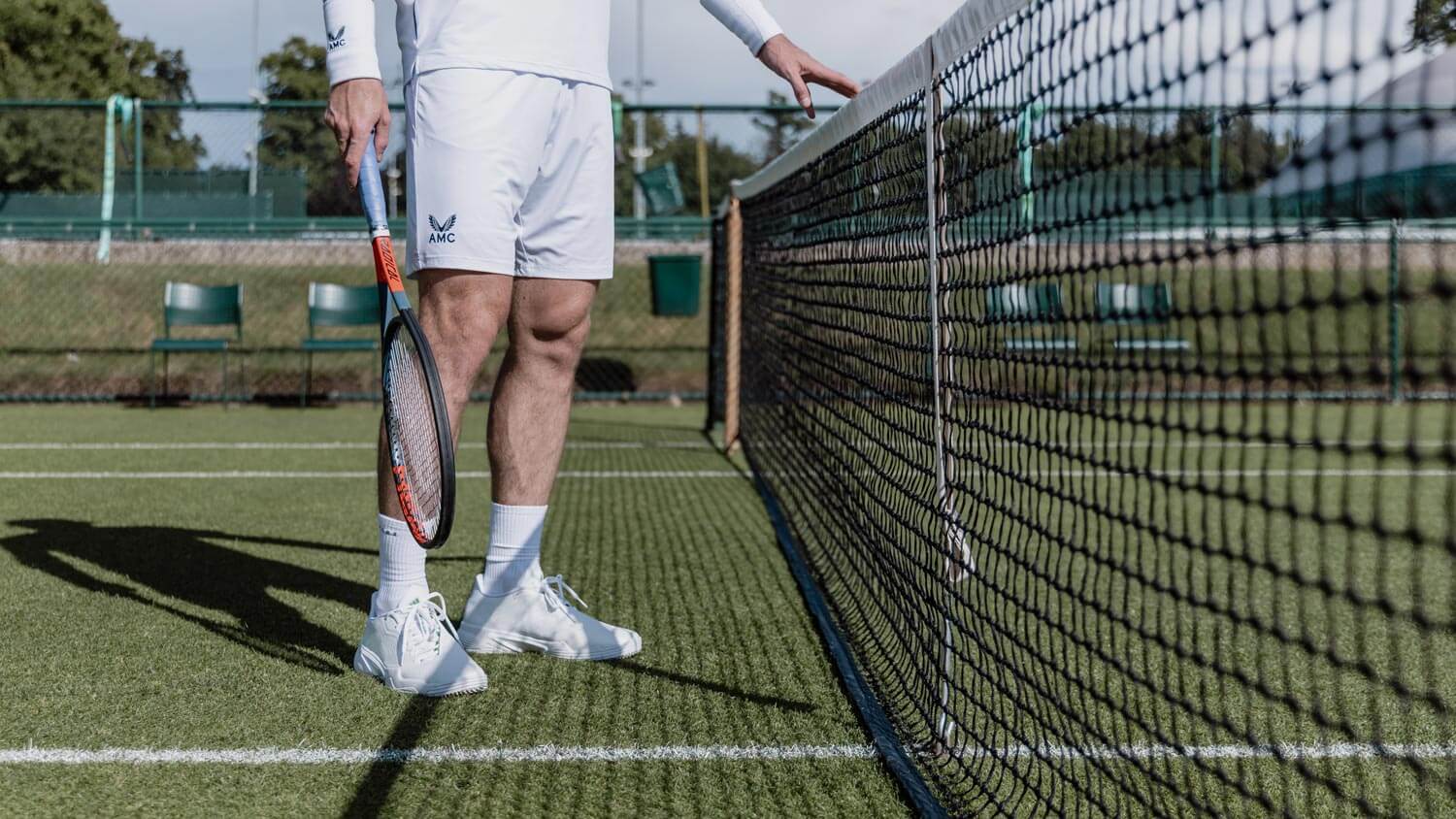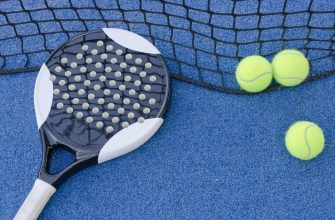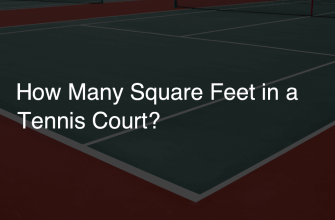Tennis matches – hailed for their athleticism and skill – capture the attention of both players and spectators. An exciting question: how long do they last?
Unlike other sports with fixed time limits, tennis matches can differ greatly in duration. Variables such as playing style, surface type, weather, and level of competition all have a bearing on the length of a match.
For pros, matches usually last between 1.5 to 3 hrs. Yet, high-stakes matches can take over 4 hours. Amazing battles on the court have gone beyond 6 hours, leaving fans stunned by the competitors’ stamina and mental strength.
Different formats of tennis cause different match times. Grand Slams use the best-of-five-set system for men and the best-of-three sets for women – usually resulting in longer matches than regular tour events, which employ a best-of-three sets format for each gender.
Pro Tip: To predict match duration, analyze the playing styles of the players. Ask if they’re into lengthy rallies or quick points. This helps you anticipate if a match will be an endurance test or a dramatic showdown.
Factors Affecting the Duration of Tennis Matches

Tennis match length is determined by various factors. Knowing them is important for players and viewers.
- Surface: Grass courts cause the ball to bounce lower and faster, making matches shorter. Clay courts are slower, as the ball bounces higher and slower. Hard courts provide a balance between speed and control, so matches are usually of moderate length.
- Style: Aggressive players often win quickly, while defensive players prolong rallies, making matches longer.
- Weather: Hot and humid weather causes players to tire quickly, shortening matches. Cooler temperatures allow for sustained performance, resulting in longer matches.
Other factors that affect duration include competitiveness between players, and lengthy medical or rain delays. To reduce match duration and keep play efficient:
- Introduce shot clocks to limit time between points.
- Strictly enforce time between games.
- Encourage fitness and endurance training.
Careful consideration and planning can result in the ideal match duration for players and viewers.
Average Duration of Different Types of Tennis Matches

Tennis matches come in different durations, depending on the type. Here are some typical lengths of various tennis matches.
See the table below:
| Match Type | Average Duration |
|---|---|
| Singles – Best of 3 | 2 to 3 hours |
| Singles – Best of 5 | 3 to 5 hours |
| Doubles – Best of 3 | 1.5 to 2.5 hours |
| Doubles – Best of 5 | 2.5 to 4 hours |
Remember! A few things can affect the length of a match. Such as player performance, weather and competition level.
Tip! To have a successful match, players should stay fit and plan their strategy according to the type and duration of the match.
Strategies for Shortening or Lengthening Tennis Matches

Tennis matches can be shortened or lengthened by adapting specific strategies.
Here is a 3-step guide to help you modify the duration of a tennis match:
- Adjusting Gameplay:
- Serve Speed: Increase your serve speed to put pressure on your opponent and lead to shorter rallies and quicker points.
- Aggressive Style: Adopt an aggressive playing style and go for winners early in the point to shorten the match.
- Shot Selection: Choose shots that can make your opponent commit errors and speed up the match.
- Mental Approach:
- Quick Decisions: Make quick decisions during gameplay to tilt the match and lead to shorter encounters.
- Focused Mindset: Stay alert and engaged throughout the match to avoid mental lapses that can prolong it.
- Strategic Breaks: Take advantage of changeovers to analyze your opponent’s weaknesses and devise effective tactics.
- Physical Conditioning:
- Endurance Training: Do regular cardiovascular exercises to endure longer matches if needed.
- Fitness Level: Maintain a high fitness level to minimize fatigue and increase efficiency in matches.
- Recovery Techniques: Use stretching, ice baths, and proper nutrition for proper recovery and extended matches.
Note that strategy alone does not guarantee success in modifying the length of a tennis match. Consider factors like court surface, weather conditions, opponents’ abilities, and playing style when implementing these strategies.
Pro Tip: Remember to remain adaptable when aiming to shorten or lengthen a tennis match. Adjust tactics based on real-time analysis of your opponent’s strengths and weaknesses.
Notable Longest and Shortest Tennis Matches in History

Tennis matches vary greatly in length. This article looks at the longest and shortest matches ever played, highlighting the unpredictable nature of this sport.
John Isner vs. Nicolas Mahut and Steffi Graf vs. Natalia Zvereva are perfect examples of the extremes. The former lasted 11 hours and 5 minutes over 3 days, while the latter lasted only 34 minutes! Let’s explore these further.
John Isner and Nicolas Mahut’s marathon match at Wimbledon in 2010 set the record for the longest match in terms of time and games played. It tested the endurance of both players.
The French Open Final between Steffi Graf and Natalia Zvereva was over in 34 minutes. It displayed Graf’s dominance on clay courts.
To manage match durations, here are some ideas:
- Introduce tiebreakers. This can prevent long matches and bring a decisive end within a reasonable timeframe.
- Adjust scheduling. This can help reduce fatigue-induced errors and maintain an exciting atmosphere for players and spectators alike.
Frequently Asked Questions
Q: How long does a typical tennis match last?
A: A standard tennis match can last anywhere from one hour to five hours, depending on factors like the players’ skill level, tournament format, and competitiveness of the match.
Q: Are there any time limits for tennis matches?
A: No, there are no strict time limits for tennis matches. The duration can vary based on the pace of play, number of sets, tie-breaks, and other factors. However, certain tournaments may have rules or curfews that can impact match scheduling.
Q: Why do some tennis matches last longer than others?
A: Tennis matches can vary in length due to various factors such as the players’ strategies, their physical fitness, weather conditions, court surface, and the level of competitiveness. Additionally, long rallies and tie-breaks can contribute to extended match durations.
Q: Do Grand Slam matches last longer than regular matches?
A: Grand Slam matches can often last longer than regular matches due to their best-of-five sets format for men and best-of-three sets for women. These extended formats, especially in later rounds, require players to win more sets to secure victory, thus potentially prolonging the matches.
Q: Can a tennis match go on for multiple days?
A: Yes, it is possible for a tennis match to extend over multiple days if it is suspended due to weather, darkness, or other external factors. In such cases, the match is usually resumed from where it left off until a player secures victory.
Q: What is the longest tennis match ever played?
A: The longest tennis match in history was played at Wimbledon in 2010 between John Isner and Nicolas Mahut. It lasted for 11 hours and 5 minutes over three days, with Isner eventually winning the match.
Conclusion
Tennis matches can last from a couple of hours to several days. It’s not only based on players’ skills, but also on external factors. Grand Slams, like Wimbledon and the US Open, have produced marathon matches with five sets. Shorter tournaments, such as ATP 250 events, tend to have quicker matches.
To reduce or extend match durations, there are a few suggestions. One is to use a shot clock to limit the time between points. Another is to adjust medical and injury timeouts, as well as warm-up periods. Lastly, raising awareness about maintaining an efficient pace during matches could help reduce match times.
By implementing these, organizers can ensure players and fans have an enjoyable yet time-conscious experience. Balancing long matches with respecting the value of time can shape tennis into a more viewer-friendly sport without compromising its competitiveness.








